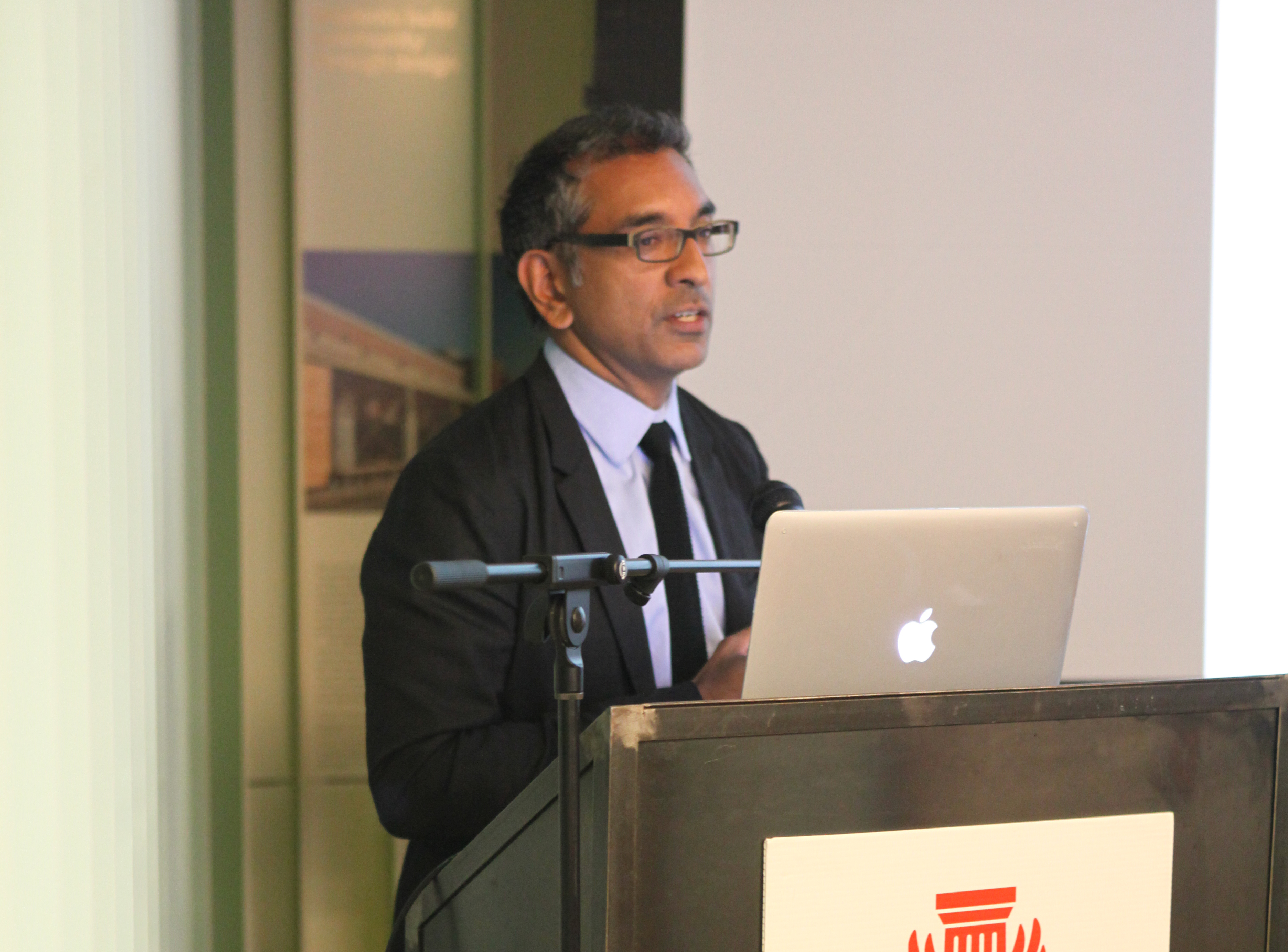by: ac
Vishaan Chakrabarti’s A Country of Cities is more cultural artifact than text. With 100-plus pages of argument, balanced with 100-plus pages of graphs, data, and illustrations, the book is a manifesto for the visual age. Chakrabarti proclaims smart urban growth as a way to overcome many of society’s ills. In most of the book he preaches to a happy urbanite choir – I found myself saying “yes, yes, yes” to much of the discourse. Chakrabarti guides us through the somewhat “hackneyed” (his word, not mine) arguments of the sustainable landscape: the car equals bad, density equals good, suburbs equal bad. He uses cues from other great texts from the sustainability movement: a good-looking book design and easy handling from Cradle to Cradle, fashionable and epic imagery from An Inconvenient Truth, and an attempt to make graphs sexy from Bruce Mau’s Massive Change. The book works – and pushes the argument farther into the American mindset than any other text to date, but its potential is in the things that I think Chakrabarti “slips in” rather than the obvious arguments.
Chakrabati is a nice guy. You can this tell by his preface and the pictures of his family; he thanks his wife, children, and research assistants. But despite his quiet and affable demeanor, he goes into some provocative and even dangerous territory. One of his most radical proposals is to get rid of the Mortgage Interest Deduction (MID), put forth as a cure for the American deficit, and he does so with a suburbanite’s favorite tax offensive. He illustrates how the MID is the largest federal subsidy of any type, which largely fuels the subsidy of single-family suburban houses. Evidently, banks deem subsidy of high-rise or higher density projects as higher risks and suburban housing stock as low risk, meaning that this tax facilitates large houses for wealthy families far away from urban centers. Rather than really ruffle the establishment’s feathers by dissolving the tax break, he proposes a gentle phasing out of the benefit to avoid a shock to the housing market. Chakrabarti’s courage in tackling an economic policy to end many evils is inspiring.
Another spark in his argument suggests that the U.S.’s crumbling infrastructure is a result of political cycles that are too short. Political term limits constrict vision. Therefore, infrastructure investment suffers. Term limits are written into the U.S. Constitution, so this is very tricky territory. Chakrabarti floats this idea in the Tax Incentive Financing for infrastructure discussion. The tax talk was dull; the changing the Constitution talk was very exciting.
It is the high-speed train argument where Chakrabarti arrives at some of the most pressing issues for the country at large, and establishes his vision for America. He says plainly that China and Europe revel in their urbanity, and this is the crux of the problem: America does not. A high-speed train connecting the creative urban capitals beyond the Northern corridor into the New South would eliminate one of the highest volume air traffic corridors in the nation. A high-speed train economy would be an economic stimulus, decrease fossil fuel emissions, and encourage urban living.
The work he does at Columbia University with his students establishes some of the most interesting discussions in the book. Proposals like cap-and-trade density, hyper-density, and how hyper-density can support preservation are all innovative and provocative. Most interesting is how these ideas seek to abolish trite constructs like contextual zoning and bring forward affordable housing as a premier issue in the political landscape. These one-two punches of exposing contextualism , NIMBYism, and an aversion to changing zoning regulations all signal a new way to define urban policies, and this text should be required reading for City Halls across the country.
The book is attractive, digestible, and clear in content. Chakrabarti successfully analyzes popular culture to illustrate the complexity of misunderstandings in the American idea of healthy cities. The discussion of the children’s cartoon Bob the Builder illustrates the conflict. Bob wants a green city but in a suburban cul-de-sac construct. His use of movies and sit-coms (Friends and Sex in the City) shows when a shift in urbanity being fashionable began. Chakrabarti even asserts that love can be better served in an urban condition – relationships fair better when you live in the same town or neighborhood. He uses basic media hype to illustrate how wrong the suburbs can be – teen car-crash fatalities, obesity. So the success of this book is that this filter of A Country of Cities can be applied successfully to anything from the sacred to the mundane. Love, creative fulfillment, and economic success all thrive in dense populations. My lament is that these ideas are not all tangible case studies rather than tidy diagrams. Let’s hope that this can be rectified in Chakrabarti’s future work.
Annie Coggan is a principal with Coggan and Crawford Architects, and teaches at the Fashion Institute of Technology and the School of Visual Arts in New York City.
Event: Oculus Book Talk: Vishaan Chakrabarti, A Country of Cities
Location: Center for Architecture, 08.12.13
Speakers: Vishaan Chakrabarti, Assoc. AIA, Director, Columbia University’s Center for Urban Real Estate (CURE) and Partner, SHoP Architects; Guy F.X. Geier II, FAIA, FIIDA, LEED AP, AIANY Director for Publications
Organizers: AIANY Oculus Committee










